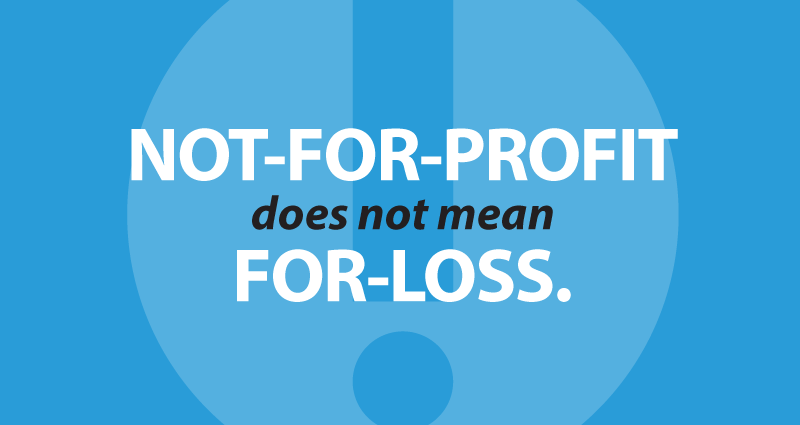
80% of your credit union’s members are blood-sucking parasites
Okay, that may be worded just a bit strong, but it’s certainly one way to look at the idea that the vast majority of your profits (80%) come from a minority of your members (20%).
Obviously this isn’t a new idea. Most CEOs & CFOs are well aware of the 80/20 Rule, and are among the first to remind you that “not-for-profit” does not mean “for-loss.”

So what can you do about it?
First, start with the idea that every member can be profitable if you capture more (or all) of their financial business with the right products and the right message.
Then consider which of these strategies fits your credit union best:
Talk to the 20% to find out why they like your credit union. Then do more of that.
Don’t ask your entire membership what they think or you will get 80% of your answers from unprofitable members. Ask the 20% what they like about you and what they don’t like. Ask them if they use another financial institution and if they do, what they like and don’t like about it. Talk to them about their future plans and dreams and discover what their next financial need is likely to be. Ask them to recommend someone else whom they think would benefit from joining the credit union.
TIP: Use this information to update current products and develop new ones to further cement that relationship. Then tweak your marketing strategies to reach more people like them.
Help the 80% understand why they need to be part of the 20%.
Your 80% members may not know that having only a checking account costs the credit union money. They may not know that they can refinance their car loan with you and make lower payments each month. They may even have other members in their family who need loans, which would make the entire clan profitable. They may not know that there is a benefit to moving their money to one place instead of spreading it around. If they don’t know, it’s probably because you haven’t been telling them.
TIP: Look into ordering a Member Benefits Report from CUNA. For a nominal fee and a few answers, CUNA will compare what you offer your members to that of your competition, then give you the $$ amounts you save your members. Using that information in a well-planned, high-quality marketing campaign may be all the push they need to move to the profitable side of the ledger.
Position membership as a benefit worth paying for.
Relationship Pricing has been the go-to plan for many credit unions over the last several years, but unfortunately, this “pay-to-play” strategy works better intellectually than emotionally. For every CFO who sees it as a fair way to encourage members to participate more, you have a long-time Board Member who sees it as an infringement on their rights to a high certificate rate if that is all they want. Relationship pricing can work, but you have to be prepared for grumbling and lower member counts.
Annual Membership Fees are common at places like Costco, and people gladly pay a little every year in order to save more throughout the year. Credit unions save active members much more than an annual fee would run, so there is no reason why credit unions could not follow Costco’s lead.
TIP: A strong marketing program needs to be in place before the rollout of these options. Members have to understand why you are making these changes, so allow plenty of time to explain it to each of them. If you feature a loan refinance campaign as part of the communication process, it can help make the transitions easier for some of your members, save them potential fees, and turn more of them into profitable members at the same time.
- Why your CU really needs an intranet - February 19, 2025
- Are you scared yet? - October 22, 2024
- OMG! Who really IS our competition?!? - September 24, 2024
